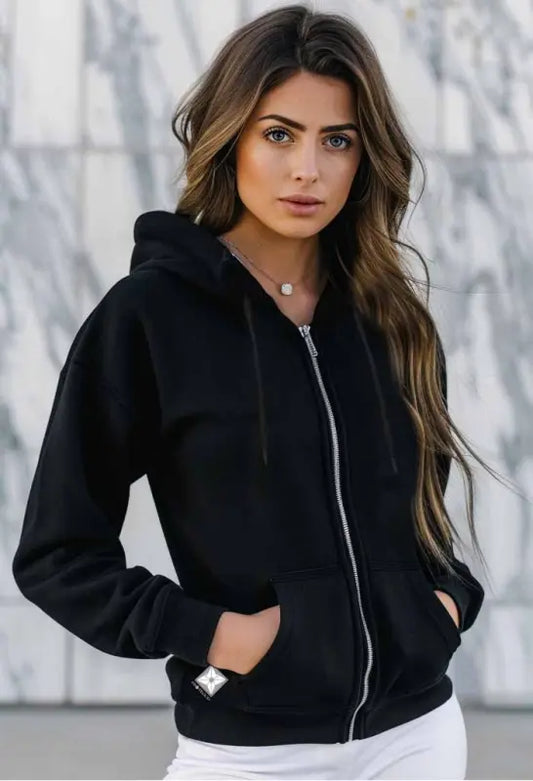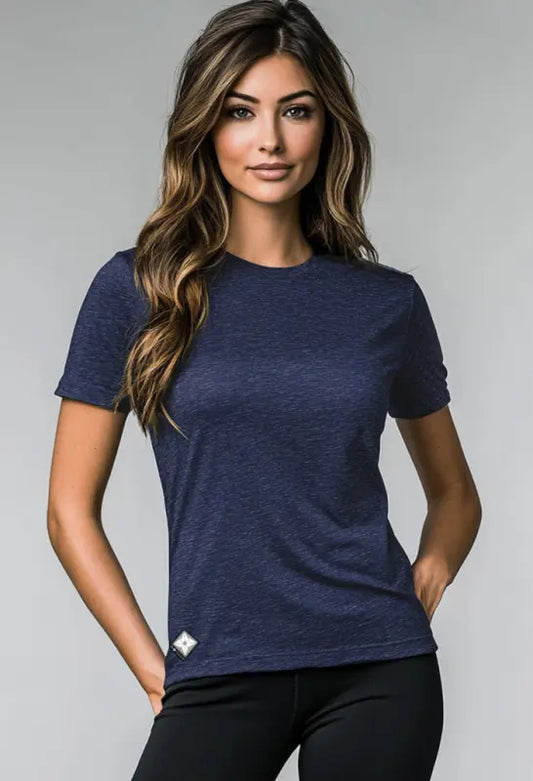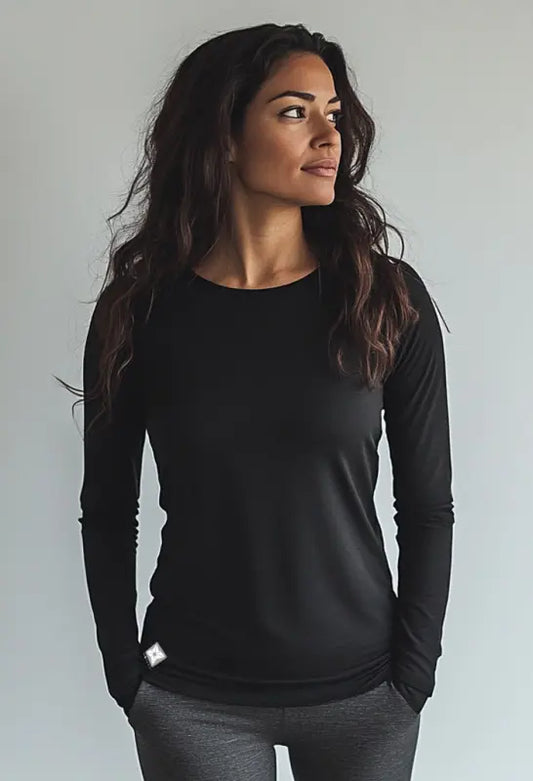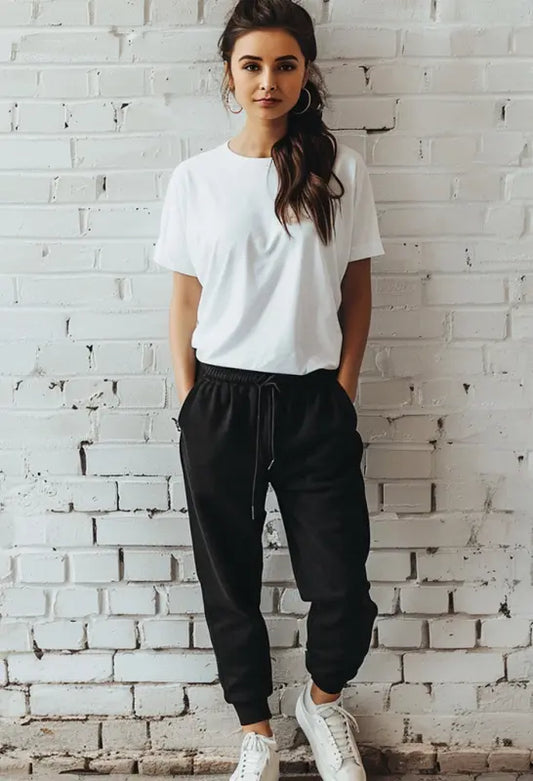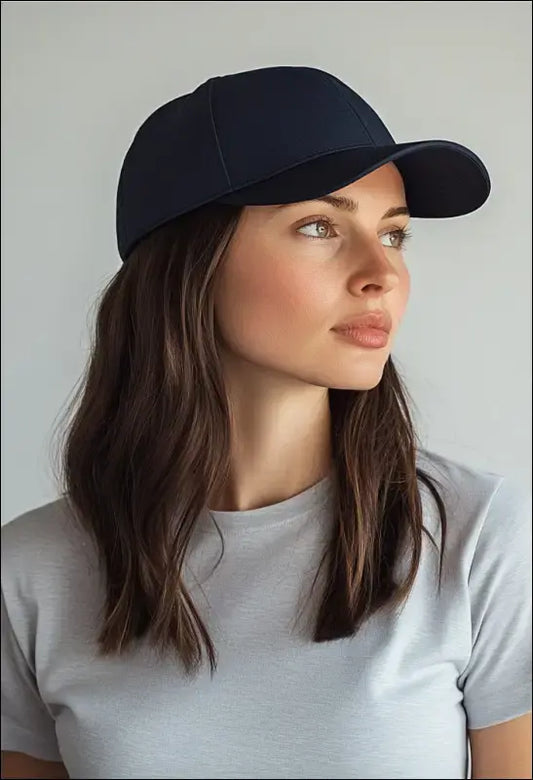
How Midjourney and AI Are Shaping the Future of Creativity
Share
The Art of Tomorrow: How Midjourney and AI Are Shaping the Future of Creativity
In recent years, the world has witnessed a renaissance in digital art—not led by traditional artists or design software, but by artificial intelligence. At the forefront of this movement is Midjourney, an AI tool that has captivated artists, designers, marketers, and everyday users with its ability to generate stunning, imaginative visuals from simple text prompts. In this in-depth exploration, we’ll unpack how Midjourney works, what sets it apart, and how it’s transforming art, design, and creative culture in the age of AI.
What Is Midjourney?
Midjourney is an AI-powered image generation platform that creates original artwork based on natural language prompts. You can type a description as simple as "a futuristic cityscape at sunset" or as specific as "a watercolor painting of a dragon curled around a glowing orb," and within seconds, Midjourney outputs highly stylized, evocative visuals.
Developed by an independent research lab, Midjourney leverages advanced machine learning models trained on a vast array of visual data. It blends elements from various styles, techniques, and cultural references to synthesize images that are often indistinguishable from hand-made art.
How Midjourney Works
Midjourney operates through Discord, a popular chat platform used by gaming and tech communities. Users join the Midjourney server and type their prompts in a designated channel. The AI processes the prompt and returns four image options. Users can then upscale, refine, or remix these results.
This interaction model makes the experience feel social, collaborative, and iterative—unlike static image generation apps. Midjourney also supports advanced prompt engineering, which lets users control color palettes, aspect ratios, artistic mediums, lighting effects, and more.
Why Midjourney Stands Out
Among AI art tools like DALL·E, Stable Diffusion, and Adobe Firefly, Midjourney is known for its:
-
Artistic Flair: Its default style tends to lean toward cinematic, surreal, and painterly aesthetics.
-
Community-Centered Design: Running through Discord encourages sharing, learning, and remixing among creators.
-
Rich Prompt Interpretation: Midjourney understands nuanced, layered, and poetic descriptions better than most competitors.
-
Consistent Quality: Many users report higher satisfaction with Midjourney’s outputs compared to other platforms.
Midjourney in Practice: Use Cases Across Industries
The versatility of Midjourney has led to widespread adoption across various fields:
-
Marketing & Branding: Brands use Midjourney to brainstorm logos, product mockups, and campaign visuals.
-
Entertainment & Gaming: Concept artists create characters, environments, and storyboards at record speed.
-
Fashion & Retail: Designers visualize collections, fabric textures, and patterns using AI-generated references.
-
Architecture & Interior Design: Midjourney generates spatial compositions, mood boards, and design prototypes.
-
Education & Publishing: Educators and authors use visuals for books, lesson plans, and infographics.
Even individual creators—photographers, tattoo artists, YouTubers—are finding Midjourney to be a powerful brainstorming companion.
The Democratization of Art
One of Midjourney’s most profound impacts is that it lowers the barrier to entry for creative expression. You don’t need technical drawing skills or expensive software to bring an idea to life. Anyone with a concept and a few well-chosen words can produce compelling visuals.
This accessibility is opening doors for:
-
Hobbyists and students exploring visual storytelling
-
Creators with disabilities or limited motor skills
-
Entrepreneurs launching visual-first brands on a budget
The result? A broader, more inclusive artistic landscape where ideas matter more than technique.
Ethical Questions and Copyright Concerns
With great power comes great controversy. As Midjourney and similar tools rise in popularity, several ethical and legal concerns have emerged:
-
Training Data: AI models are trained on publicly available art, often without the consent of the original creators. This has led to debates over intellectual property and fair use.
-
Art Theft vs. Inspiration: Some artists accuse AI users of plagiarism, while others view it as a new form of collage and remix culture.
-
Job Displacement: There’s fear that AI will devalue professional artists by offering "good enough" alternatives.
-
Bias and Censorship: Like any AI, Midjourney reflects biases present in its training data and has content restrictions that may affect artistic freedom.
These concerns have led to lawsuits, licensing experiments, and ongoing calls for transparency in model development and data sourcing.
How Artists Are Responding
The creative community’s reaction to Midjourney has been diverse:
-
Some embrace it as a collaborative partner, using AI for drafts, thumbnails, or inspiration.
-
Others view it as competition, fighting for copyright protections and ethical standards.
-
A growing group of hybrid creators are developing AI-assisted workflows—where human intuition and machine speed combine to produce entirely new aesthetics.
AI art isn't replacing creativity—it’s redefining what creativity looks like.
Midjourney as a Tool for Innovation
Innovation thrives when imagination is unconstrained. Midjourney fuels ideation across every domain:
-
Startups visualize MVPs before hiring a designer.
-
Writers draft visuals for world-building.
-
Researchers model hypothetical scenarios.
-
Activists design campaigns that resonate emotionally.
The ability to explore visual ideas at low cost, with high speed and near-infinite variation, turns Midjourney into more than a tool—it’s a creative multiplier.
What the Future Holds
As Midjourney evolves, we can expect:
-
Higher resolution outputs with photo-realistic rendering
-
More style controls, including custom brushes and texture overlays
-
Personal model training so users can generate images in their own style
-
Better integrations with design tools like Figma, Photoshop, and Canva
-
Expanded rights management, offering opt-outs and paid licensing for training data
We may also see hybrid platforms emerge that combine AI with AR/VR to create fully immersive design experiences.
Conclusion: The Next Era of Art Is Already Here
Midjourney represents a seismic shift in how we create, share, and experience art. It challenges our definitions of authorship, skill, and originality—while simultaneously unlocking a universe of possibilities for expression.
Whether you’re an artist or an entrepreneur, a teacher or a technologist, AI art tools like Midjourney offer a glimpse of a world where imagination becomes instantly visual. As we navigate this new creative frontier, the question isn’t whether AI will shape the future of art. It’s how we choose to shape it together.


